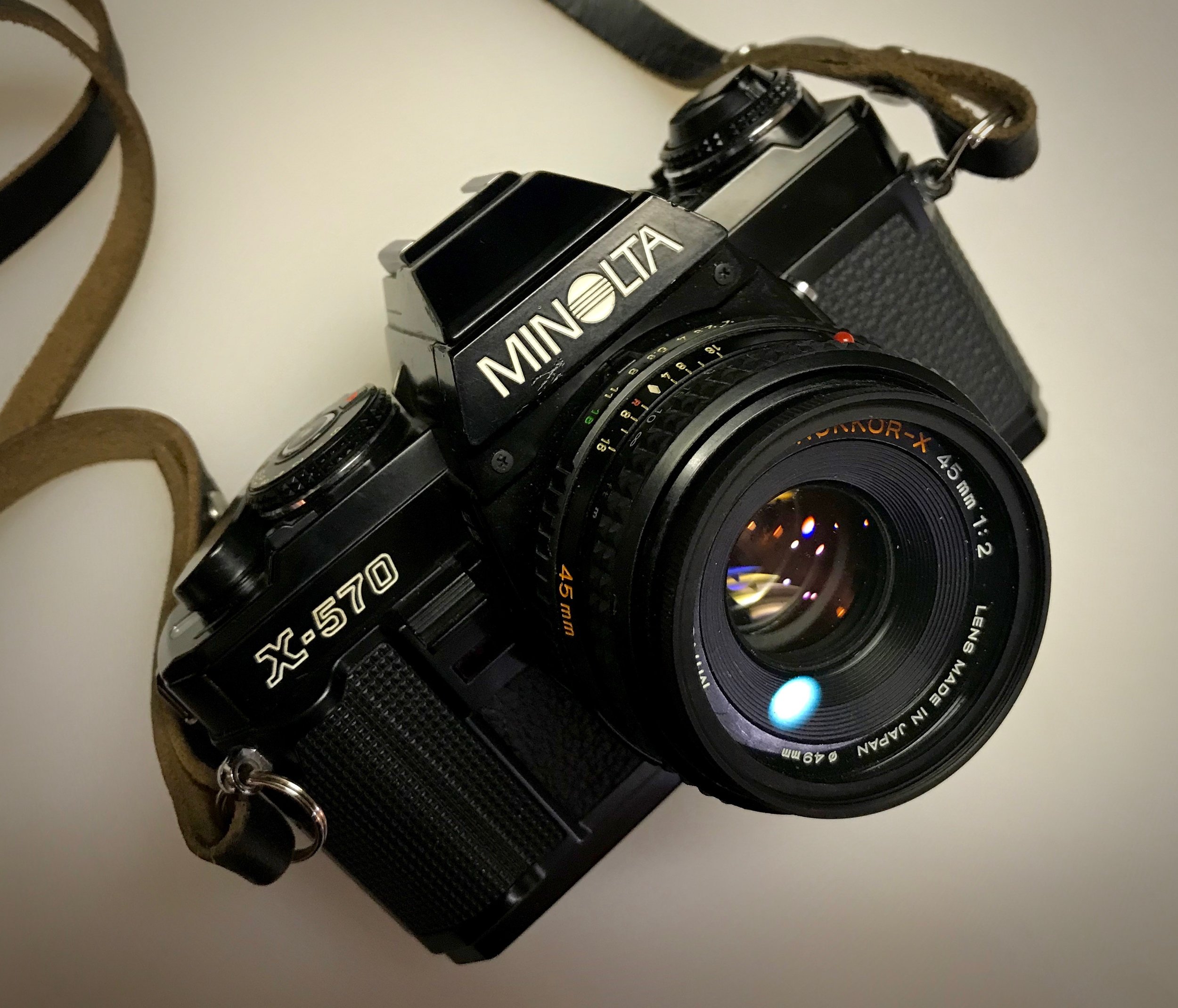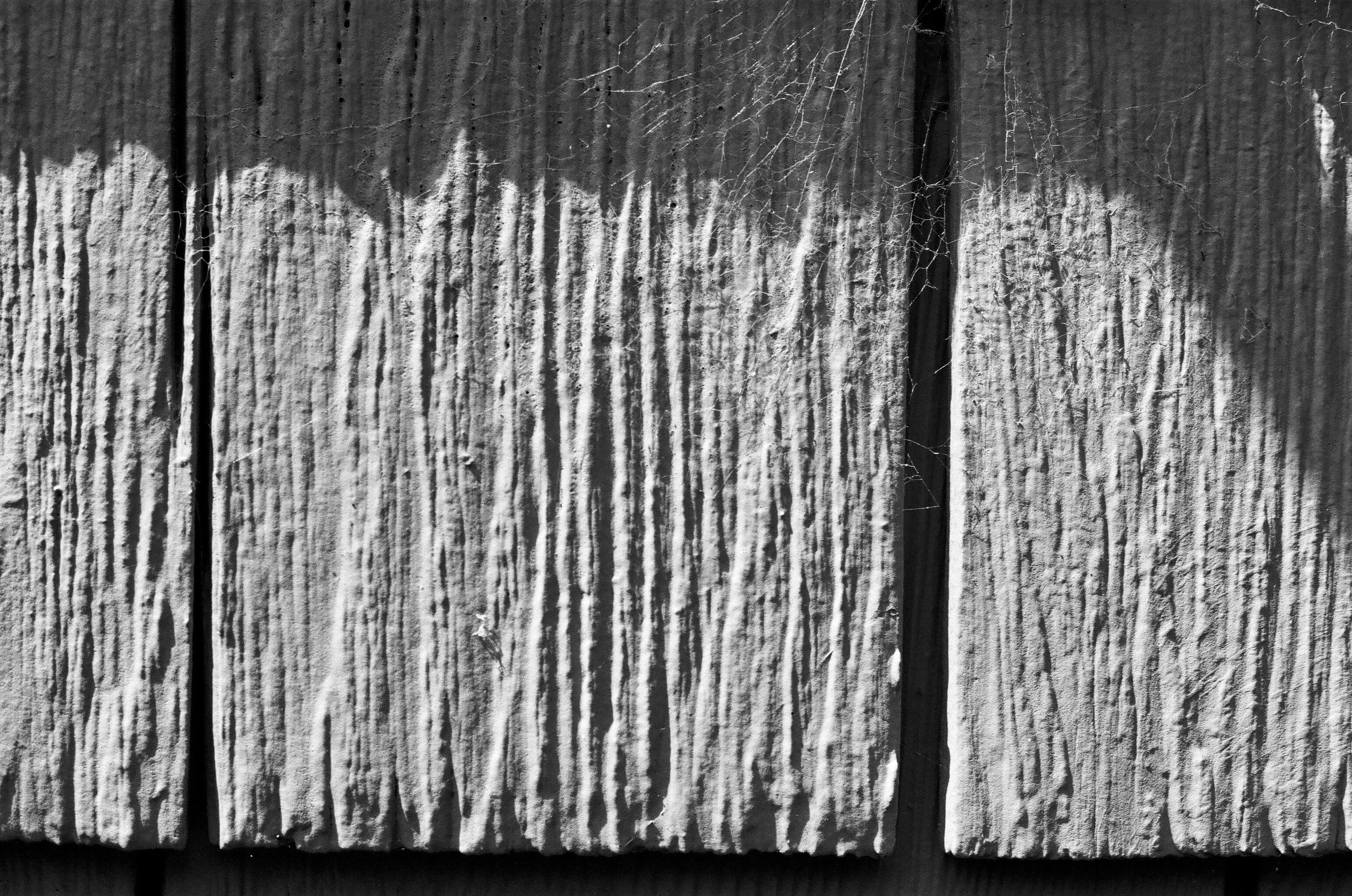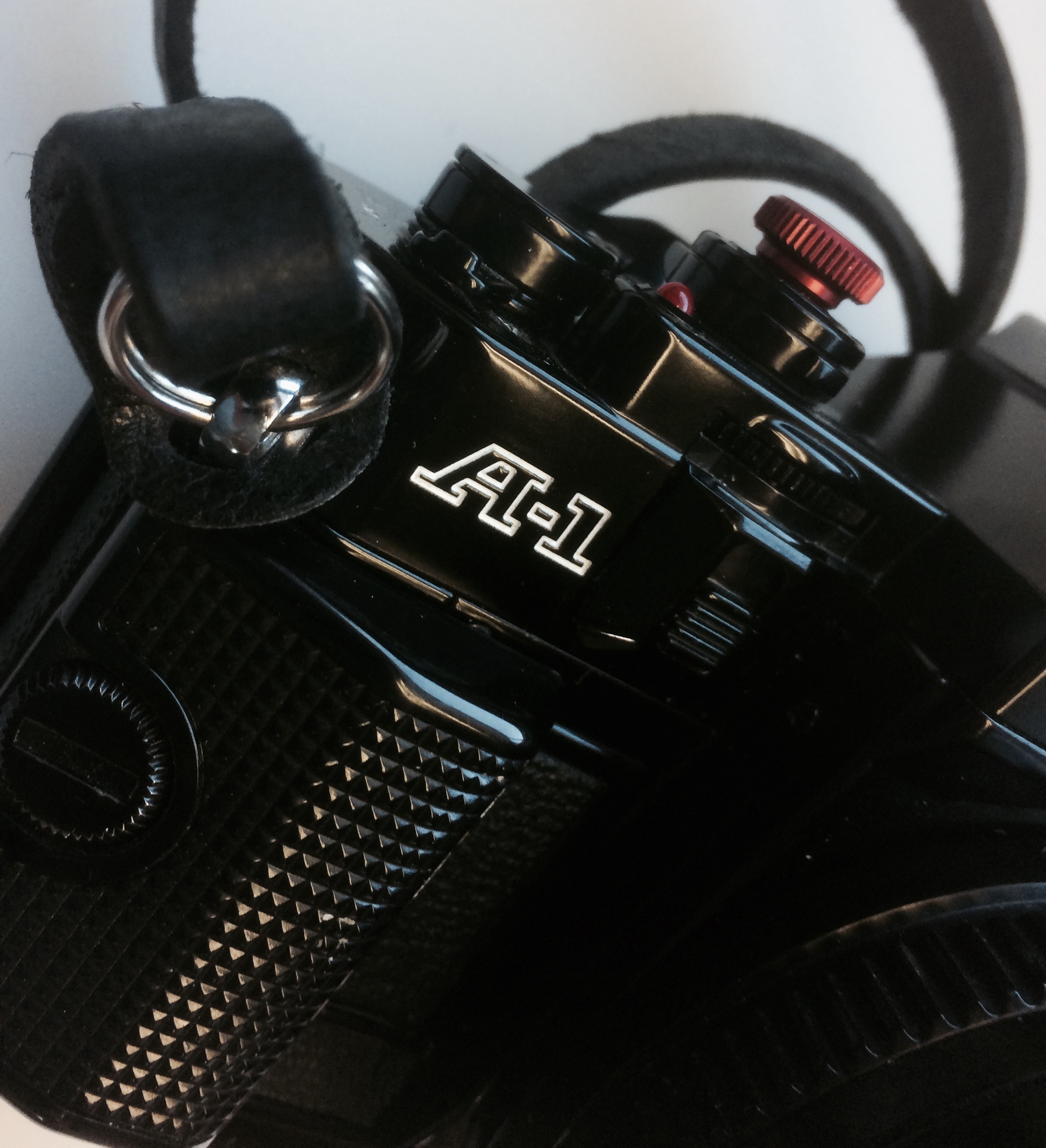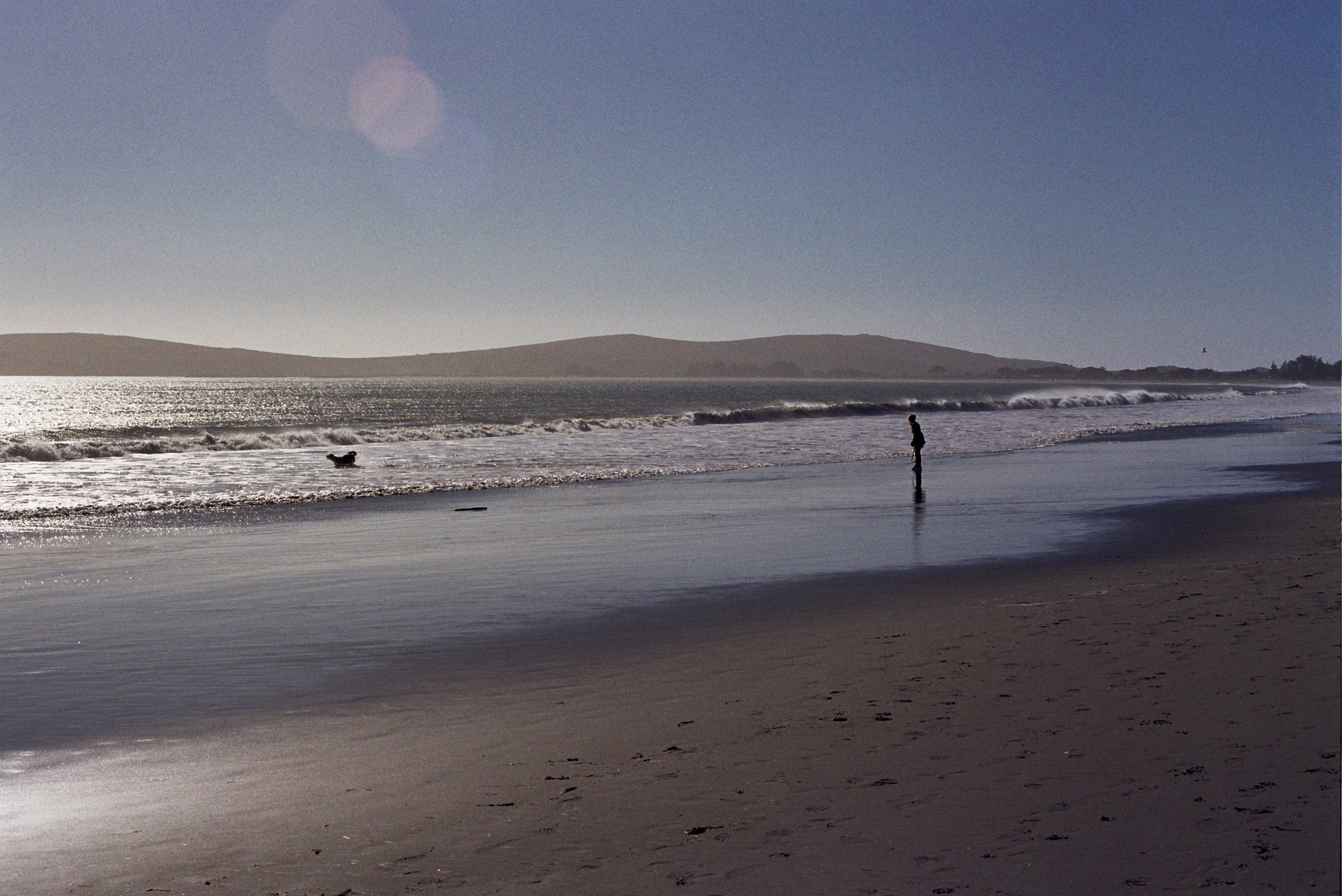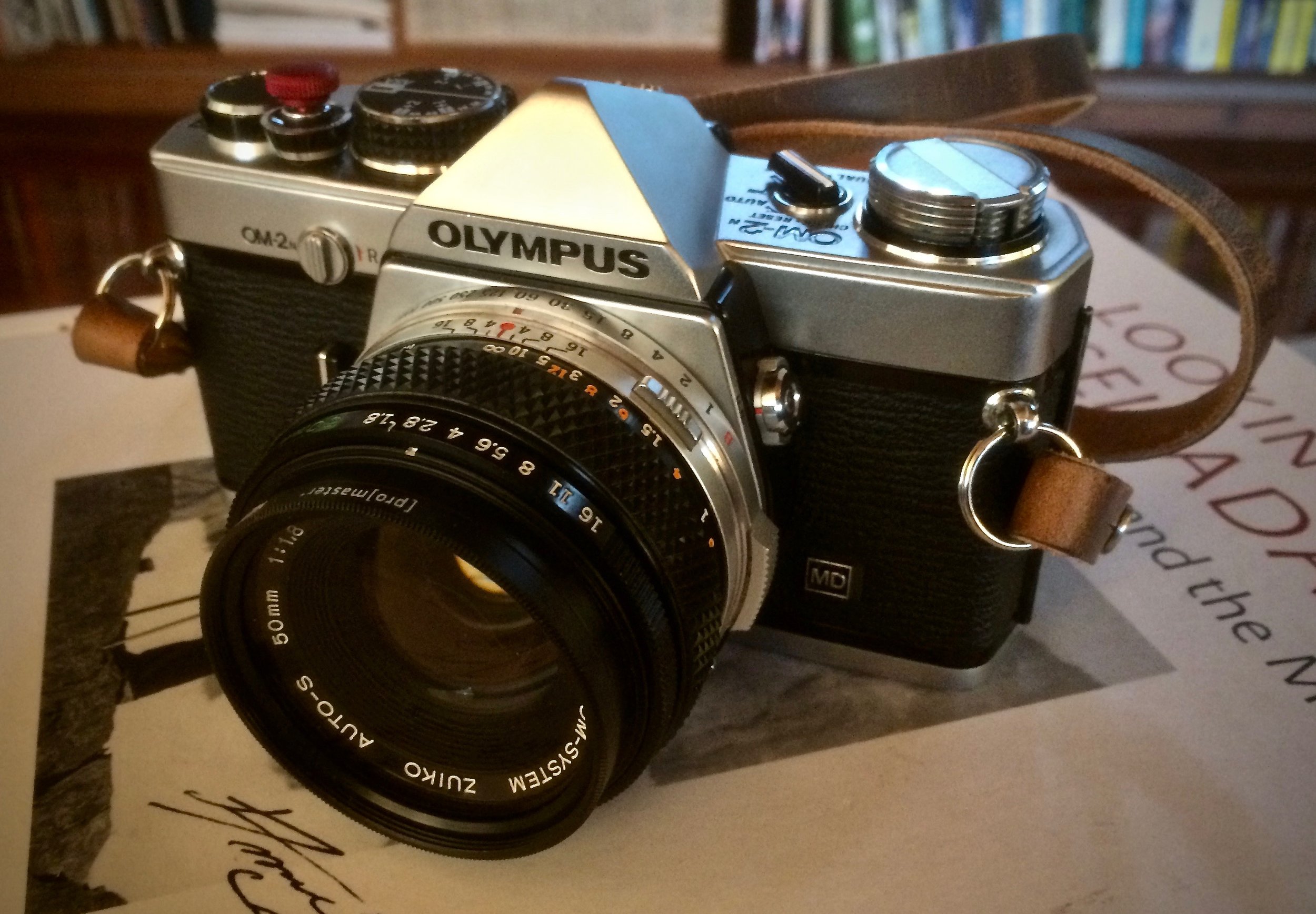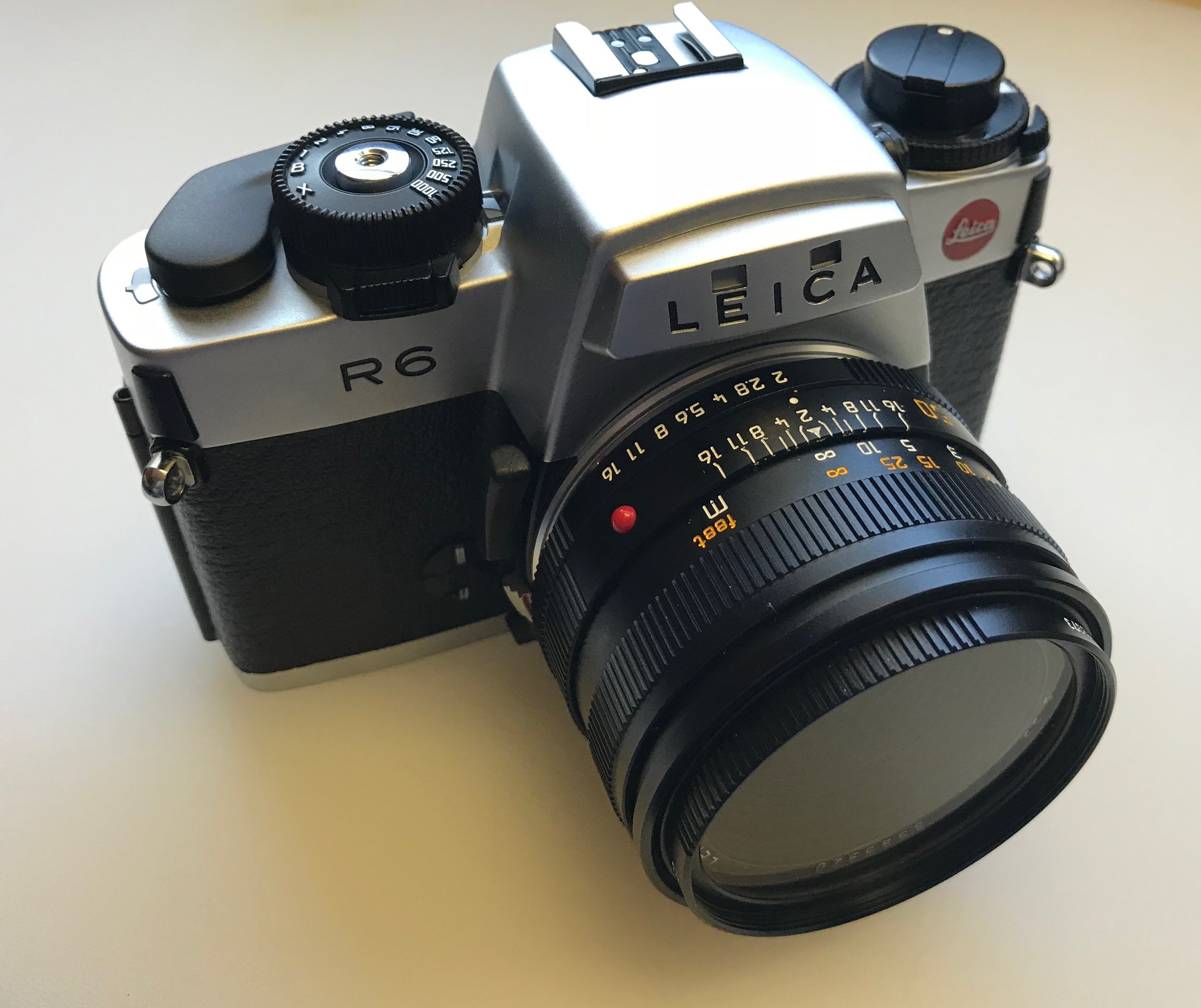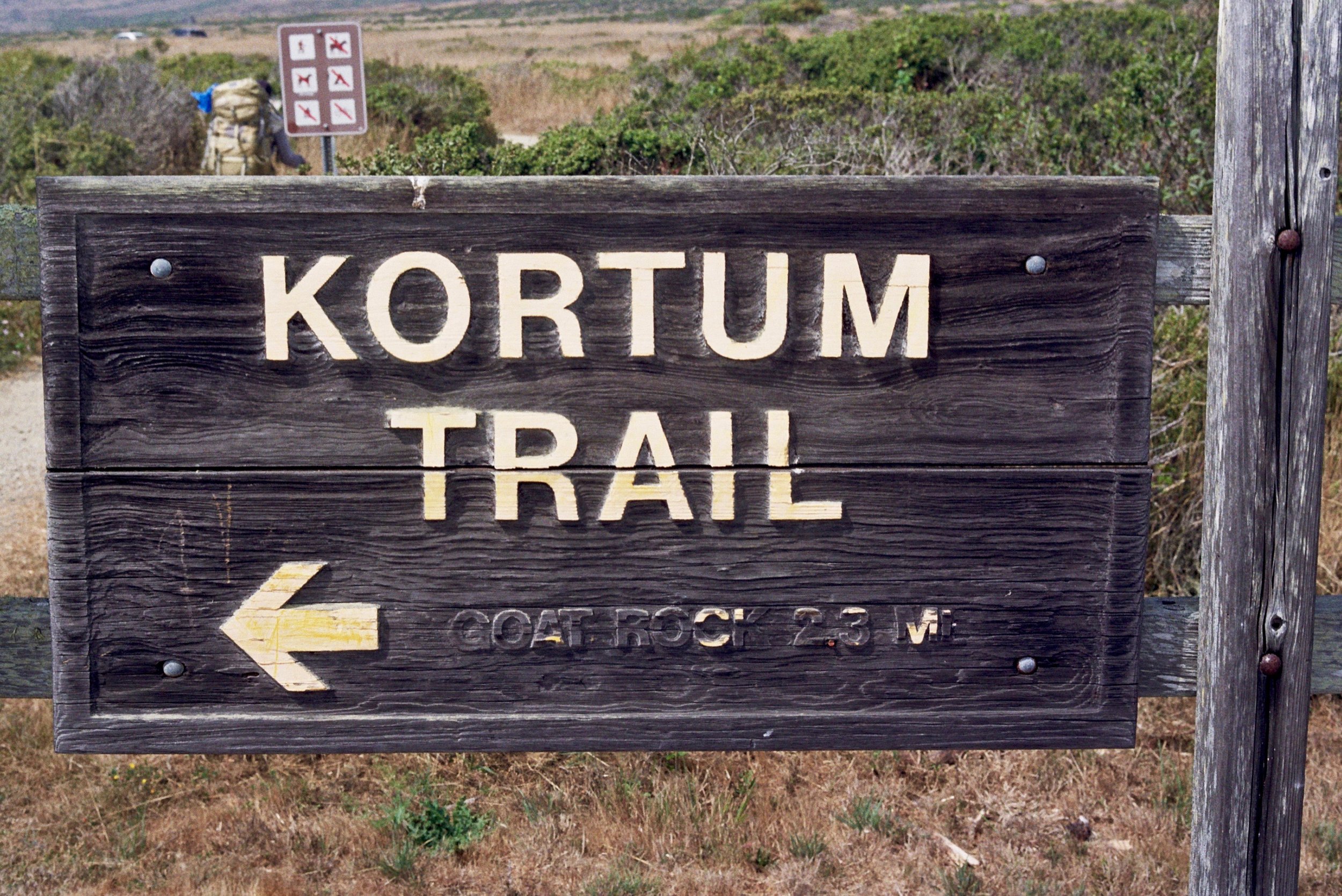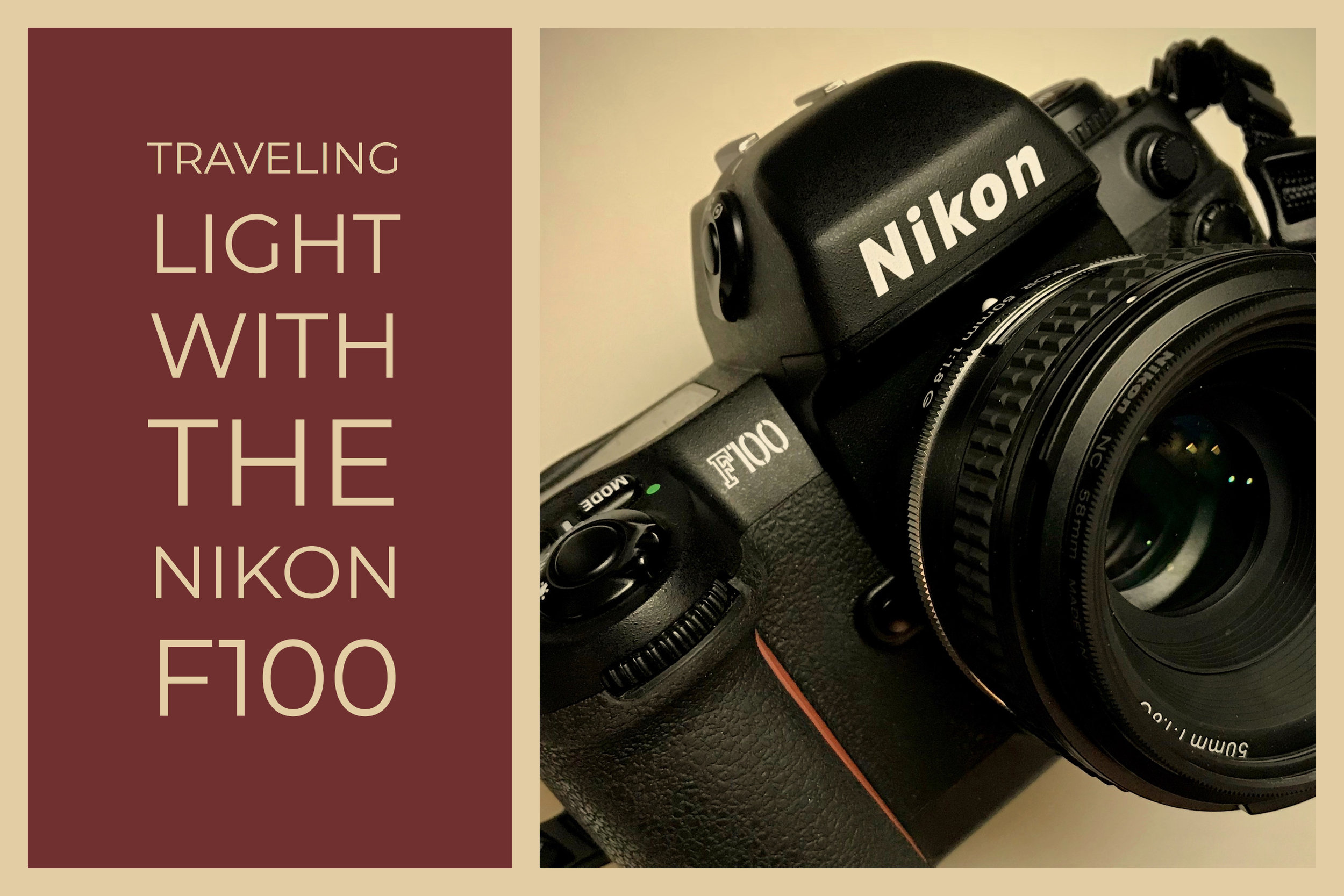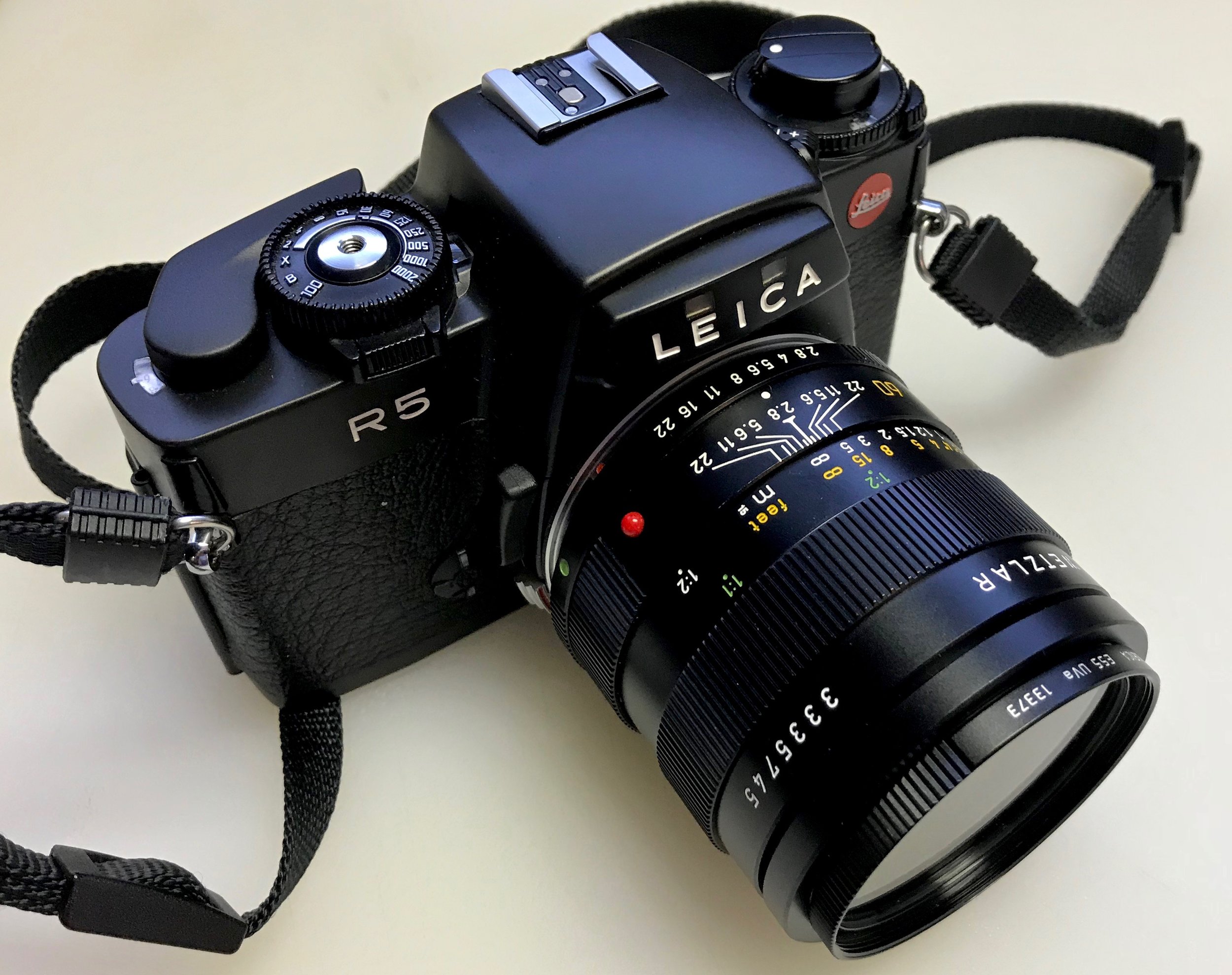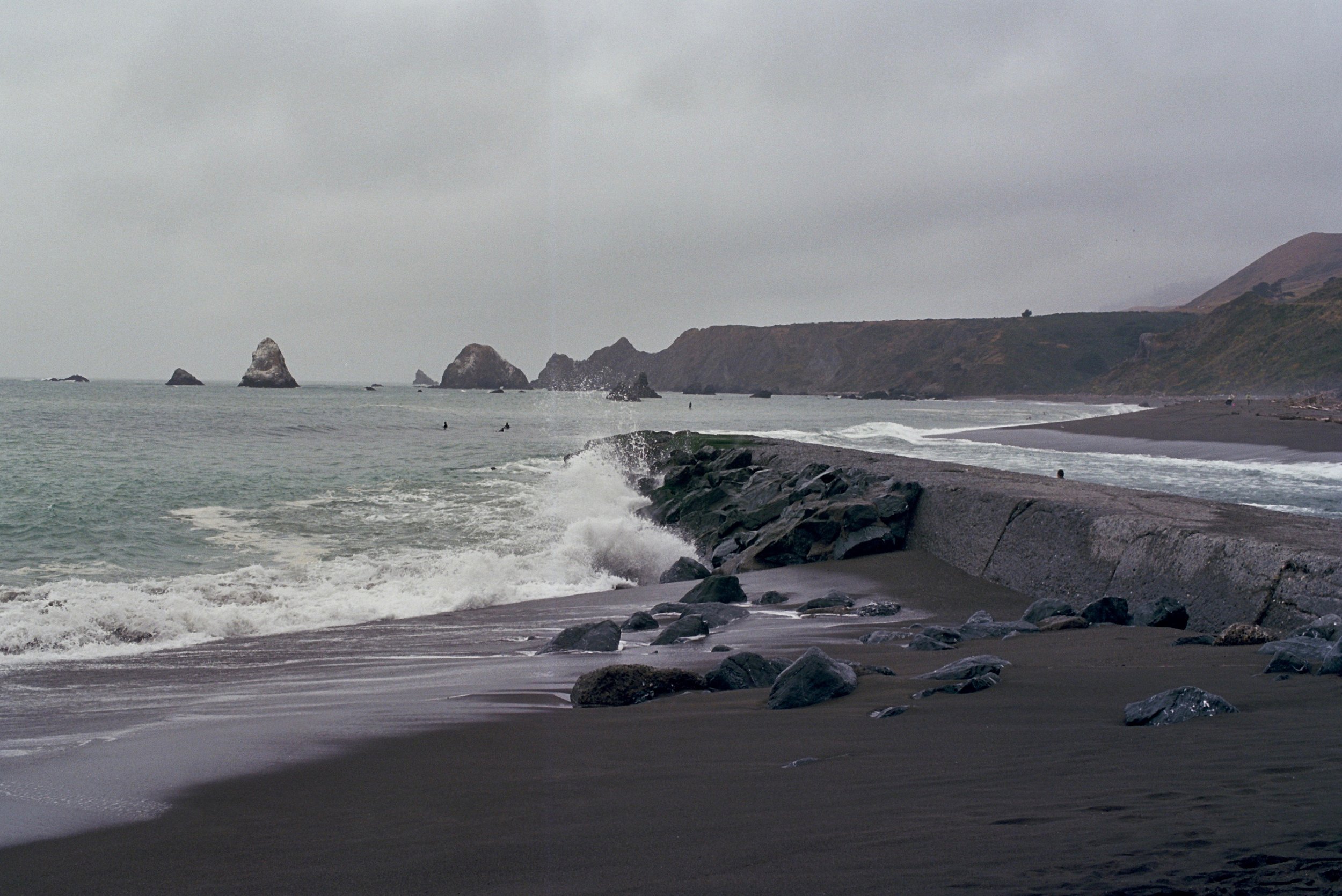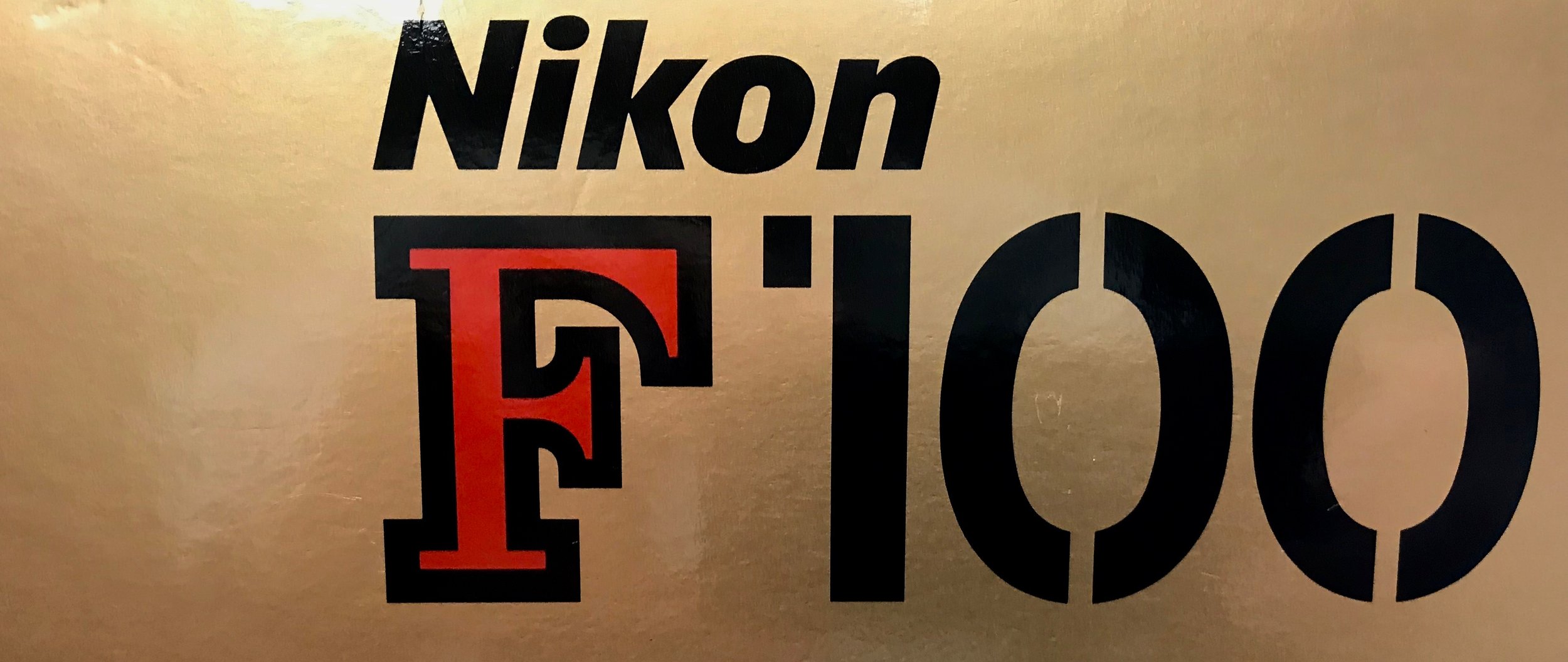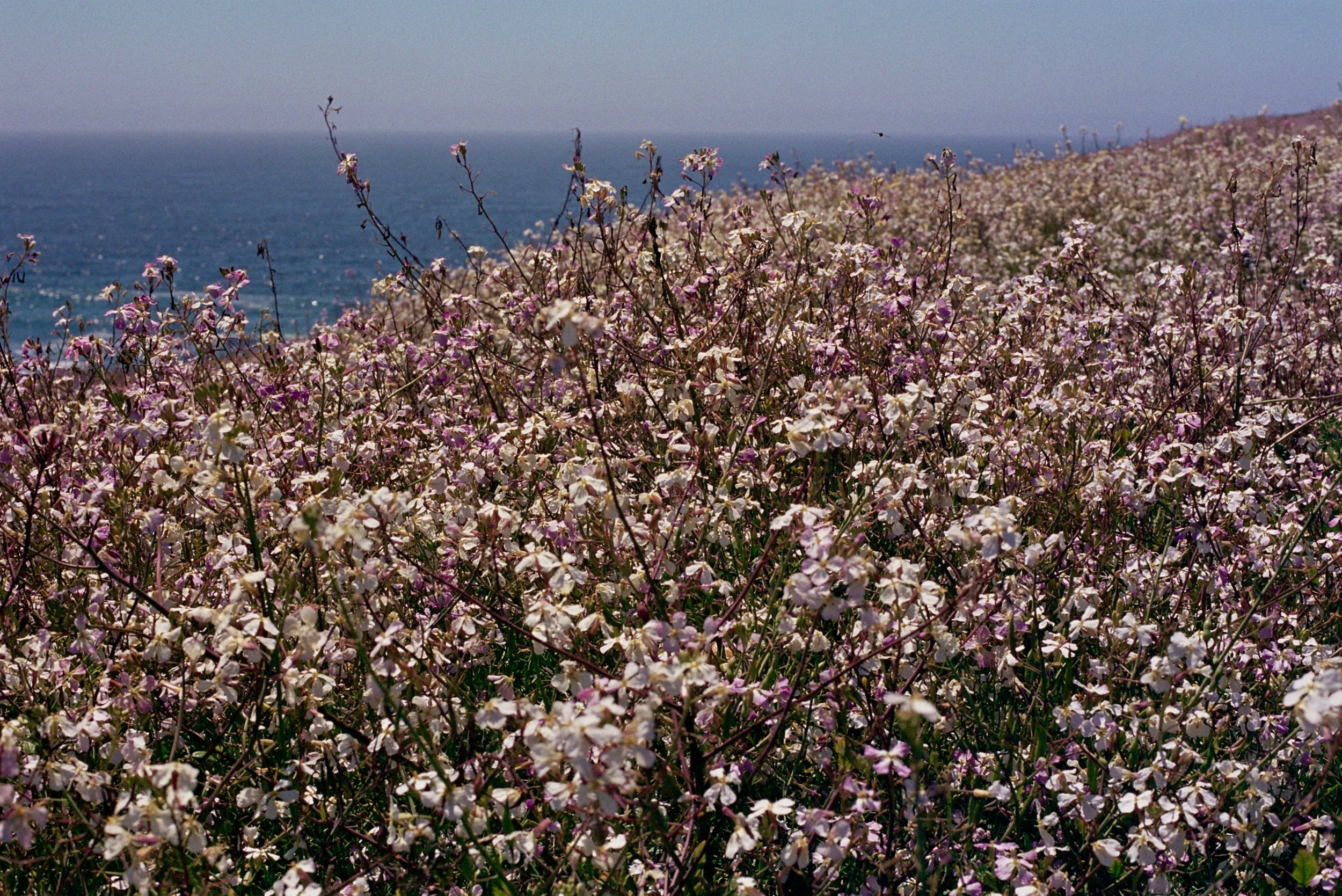Minolta X-570
There isn’t much to dislike about the Minolta X-570 35mm SLR. It’s an easy to use, aperture priority film camera that accepts affordable and quite wonderful Minolta SR lenses. I paid about a hundred bucks for this copy with the 45mm f/2 lens. 35 years since new and who knows how many owners later and this Minolta performed exactly as it was supposed to during a Sunday afternoon of shooting. But it left me wanting for more.
Released in 1983 and a few years after the popular X-700, the X-570 was marketed as a less expensive alternative to the X-700. While the X-700 offered various modes of auto-exposure, the 570 is a simple aperture priority or manual mode camera. From the late 1970s through the end of the 80s, there was a huge market for amateur and advanced amateur SLR cameras. Affordability was the key though and to hit the right price points, camera manufacturers began to abandon metal in favor of plastic bodies and parts. For sure, the X-570 is made of lots of plastic and it is light. It feels sturdy though, crafted from super tough ABS. Despite the plastic, Minolta put a lot of thought into ergonomics—the X-570 feels great in the hand.
I very much doubt that Minolta was dropping their expensive Acute-Matte focusing screens into these cameras, but nevertheless, the viewfinder in the X-570 is Acute-Matte bright and sharp with a nice red LED read out of shutter speeds down the right side of the finder and f/stop display at the bottom. I find the split image focusing on Minolta SLRs to be one of the best of this vintage of camera.
I picked a lousy day to put the X-570 through its paces on the Kortum coastal trail near Bodega Bay. The air was thick from smoke from the wildfire burning in Butte County. Many people I met on the trail that day were wearing masks. I probably should have worn one too. I used Kodak Pro Image 100 film.
Trailhead
Man’s best friend
There’s an ocean out there…somewhere… through the smoke
Geodetic marker shadow selfie
Goat Rock through the smoke
Rock climbers often do practice climbs here
As I said above, there’s really no reason to dislike the Minolta X-570. It did everything I asked it to do, despite the smoke, lack of color on the trail and poor choice of film stock for the day. The camera was light and easy to carry on my hike. With the 45mm f/2 lens, the camera could easily slip into a large coat pocket. It would be great for street photography.
In the end, the X-570 just didn’t do it for me. Cameras are highly personal and I just didn't bond with this camera. It’ll be for sale soon for what I paid for it. I’m sure someone will love it.

